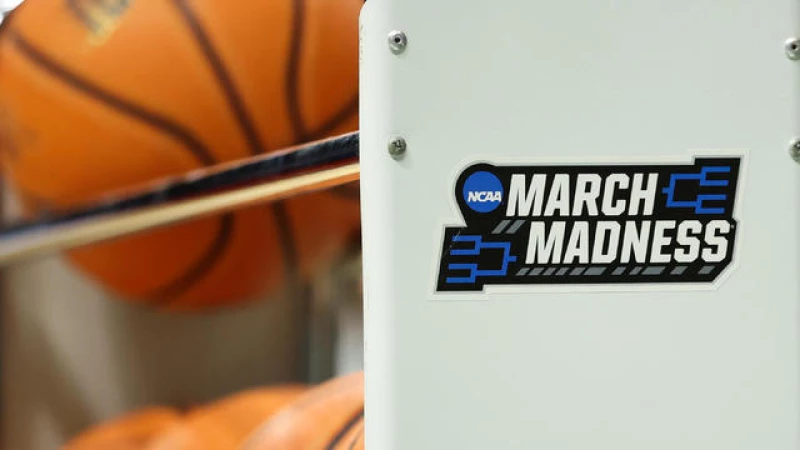Millions of people across the U.S. are filling out March Madness brackets this week, taking part in one of the most anticipated annual rituals in American sports.
The odds of filling out a perfect bracket, which means getting all 67 games of the six-round slate plus the First Four play-in games correct, is about one in 120 billion, according to the NCAA, which says it has never been done.
Here is some background on the tournament and how it comes together every year.
What is March Madness?
The single-elimination 2024 NCAA Division I men's basketball tournament consists of 68 teams.
Thirty-two of the 68 teams in this season's tournament earned automatic bids by winning each of the 32 postseason conference tournaments, which are played in the week before March Madness. Those tournaments were also single-elimination affairs.
The other 36 teams earned at-large bids. As they do every season, on Selection Sunday, which this year took place on March 17, a 10-member Selection Committee made up of various conference administrators and commissioners convened to vote on which schools would receive an invite.
The selection process is based on a variety of factors, such as a team's strength of schedule during the regular season, the quality of its wins — such as whether the wins came on the road or at home, and how the team performed statistically, both on the offensive and defensive end.
It's all part of a complex model known as the NCAA Evaluation Tool, or NET rankings, that the committee has been using since the 2018-19 season.
Going into Selection Sunday, so-called "bracketologists" will list some potential at-large teams as being "on the bubble," meaning that it is a toss-up whether the committee will include them in the 68-team field.
The major conferences, which include what is known as the Power Five conferences — the Big Ten, the Southeastern Conference, the Atlantic Coast Conference, the Big 12 and the soon-to-be dismantled Pac-12 — tend to get the most at-large bids. This year, for example, the SEC and the Big-12 lead the field with eight schools each in March Madness, followed by the Big Ten and the Mountain West with six schools each.
What are March Madness brackets?
After whittling down the 68-team field, the Selection Committee seeds them from No. 1 to 68.
Before the tournament's first round is the First Four, in which the four lowest-seeded conference winners, and the four lowest-seeded at-large teams, compete in what is essentially a single-elimination play-in. Four teams are eliminated, and the four winners of the First Four earn themselves a first-round berth.
How many rounds are in March Madness?
The semi-finals and the championship game will take place at State Farm Stadium in Glendale, the home of the NFL's Arizona Cardinals, on Saturday, April 6, and Monday, April 8.
What is the duration of March Madness each year?
March Madness typically spans about three weeks, commencing with the First Four on Tuesday, March 19, and culminating with the championship game on Monday, April 8.
How long has March Madness been in existence?
The inaugural men's tournament, claimed by the University of Oregon, took place in 1939 featuring only eight teams, as per NCAA.com. The tournament's format expanded to 16 teams in 1951, 32 in 1975, and 64 in 1985.
In 2001, a 65th team was introduced to accommodate the Mountain West Conference, with an additional three teams added in 2011 to form the First Four.
According to Statista, North Carolina holds the record for the most Final Four appearances with 21, followed by UCLA with 18 and Kentucky with 17.
As per NCAA.com, UCLA boasts the most championships with 11, trailed by Kentucky with eight and North Carolina with six. Out of UCLA's 11 titles, 10 were secured under the late John Wooden, widely regarded as one of the greatest college coaches of all time.







